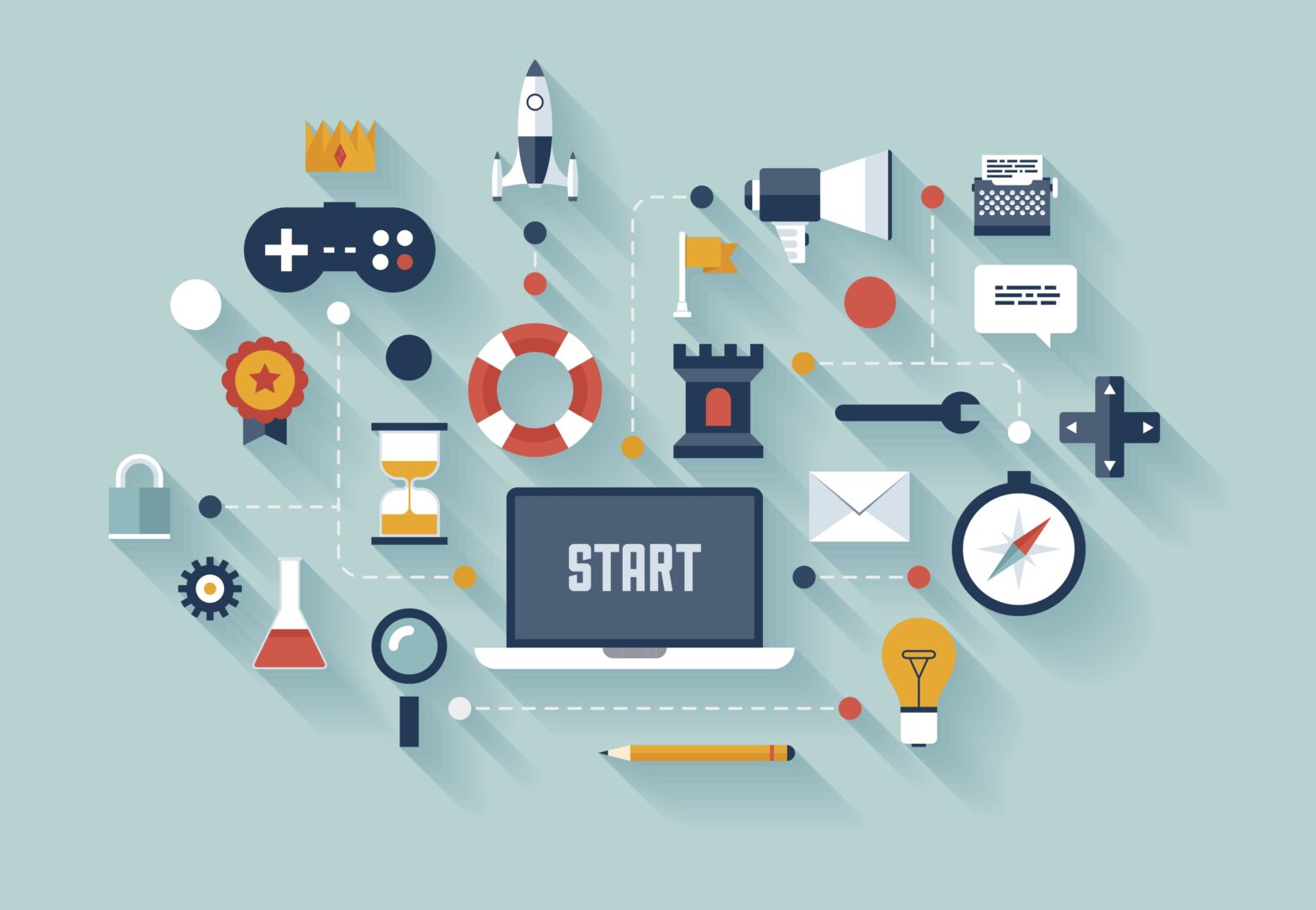What a difference a few years makes.
At the beginning of the decade, enterprise gamification was widely considered an emerging juggernaut, predestined for massive market penetration.
The industry reality here in 2014 is much grimmer. Gartner is forecasting market penetration at a measly 5% to 10%. Fortune magazine is practically dancing on the industry’s grave – when the most discussed article about the industry is entitled ‘Looks Like That Whole Gamification Thing Is Over’, things are looking pretty bleak.
For those not yet acquainted, enterprise gamification software is a product designed to measure, score and display a company’s employee productivity data, such as daily outbound calls, emails, and revenue, in the context of an office competition. True to its name, enterprise gamification incorporates the actual work-related activities that employees perform into a game.
And as an industry, it’s currently undergoing an existential crisis, which is both long overdue and necessary to prevent permanent atrophy.
It’s not that the concept of gamification itself is fatally flawed, as some industry analysts seem to believe. It’s just that almost every major industry player has vastly underestimated what it takes to create a gamification software that truly aligns incentives and adds actual value at every layer of a company.
>See also: Most gamification apps will fail – Gartner
There are some valuable lessons that the industry needs to glean, sooner rather than later. Gamification, seemingly since its inception, has been coddled, achieving buzzworthy recognition with little evidence to support the merits of most of its companies’ existences.
Built on a house of cards
The core problem of the gamification industry can be summarised in a five words: failure to add sustained value.
There’s a pandemic of flawed product design within the gamification industry. Leading gamification softwares measure employees’ performance, but almost none teach them how to perform better. They integrate with company’s CRM, but rarely also integrate with phone systems, email tracking software, and similar enterprise software tools.
The nasty truth is that, while gamification companies will promise better business intelligence, the only way the vast majority of these vendors plan on providing businesses with that intelligence is by provoking their employees to more accurately track their activities.
If the energy in an office is lethargic and employees are struggling, there’s a deeper problem there that an office competition likely won’t resolve.
Gamification software only tend to communicate how well an employee is performing in terms of revenue. Sure, they might tell you how hard an employee is working, but they provide no insight into whether a sales rep is a particularly good cold caller, or someone who need coaching on becoming more effective during meetings with prospective clients.
What about deeper analytics such as conversion rates and average time of cold call conversation? Or historical data charting conversion rate over time? Can gamification software tell if the email tracking software a business just implemented is improving its employees’ ability to generate responses to cold emails?
The failure of most gamification industry leaders to evolve and incorporate such abilities into their software severely limits their ability to provide more than just base-level value to enterprises in the way of data analytics.
Here’s the dirty little secret of gamification software: most are inherently disrespectful towards their users. They are designed to manipulate employees, not empower them.
Newsflash: employees know what’s really going on when you implement a software that tracks their productivity but offers them no real value. Turning the office into a Chuck E. Cheese isn’t going to hide the fact that Big Brother is watching over them every second of the workday, and they aren’t receiving a single tangible benefit from it.
Gamification companies need to be creating products that add actual value to their users, the employees. And the most natural way for gamification softwares to add value is by providing employees and managers with advanced data analytics about how they are performing.
Right now, most of the leading gamification companies are really good at telling management and employees which employees are succeeding and which are failing. Very few have the ability to tell employees and management why an individual employee is succeeding or failing.
And vendors wonder why Gartner predicted in its 2012 Year-End Report that, as of this year, 80% of current gamified applications will have failed to meet business objectives.
Rebuilding gamification
Gamification can work if it actually induces employees and managers to learn and benefit from their productivity analytics. And the gamification companies that survive will be the ones who empower, rather than use, their users.
The disproportionate alignment of true incentives is the first thing that needs to go. The best way to do that is to incorporate tools into gamification software that create opportunities for better, more effective coaching.
>See also: Gartner reveals how gamification drives digital business
For example, software that shows advanced metrics pinpointing where a sales rep is struggling can add tangible value by indicating if an employee is having a high volume of outbound calls and first meetings, but poor conversion rates, during a month where he or she is performing poorly in terms of revenue.
Gamification software that automatically generates and communicates that type of internal business intelligence to the employee’s supervisor is creating a coaching opportunity and thus adding value to the user, the supervisor, and the company’s bottom line. Very few gamification solutions are doing that right now, and that goes back to the core of the industry’s problem: sustainable value.
Gamification companies must take a long, hard look in the mirror and realise what they truly are. Get advanced data analytics, figure out how to add true value to users, and focus engineering on substance, not style.
Sourced from Jeremy Boudinet, Ambition










